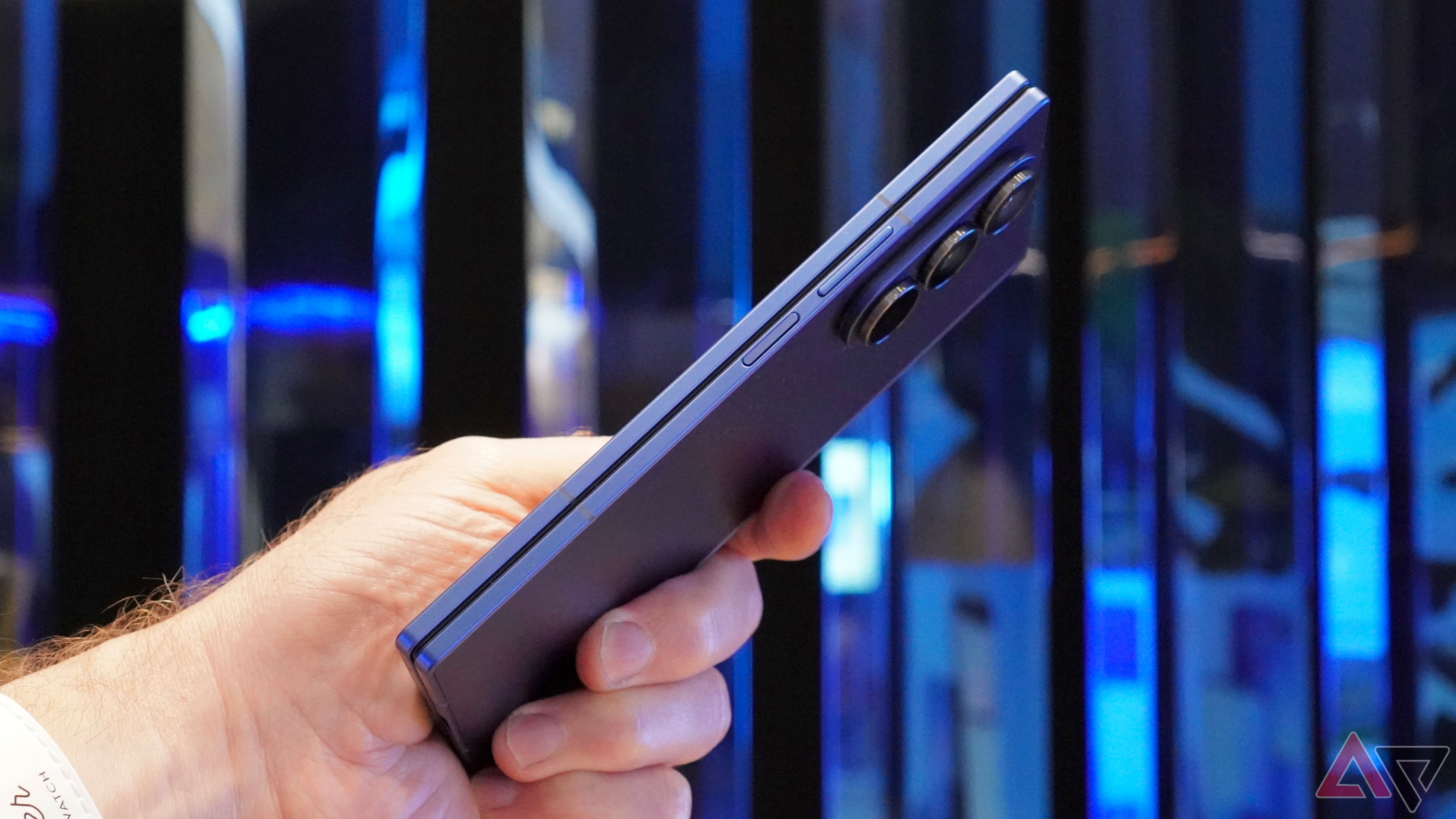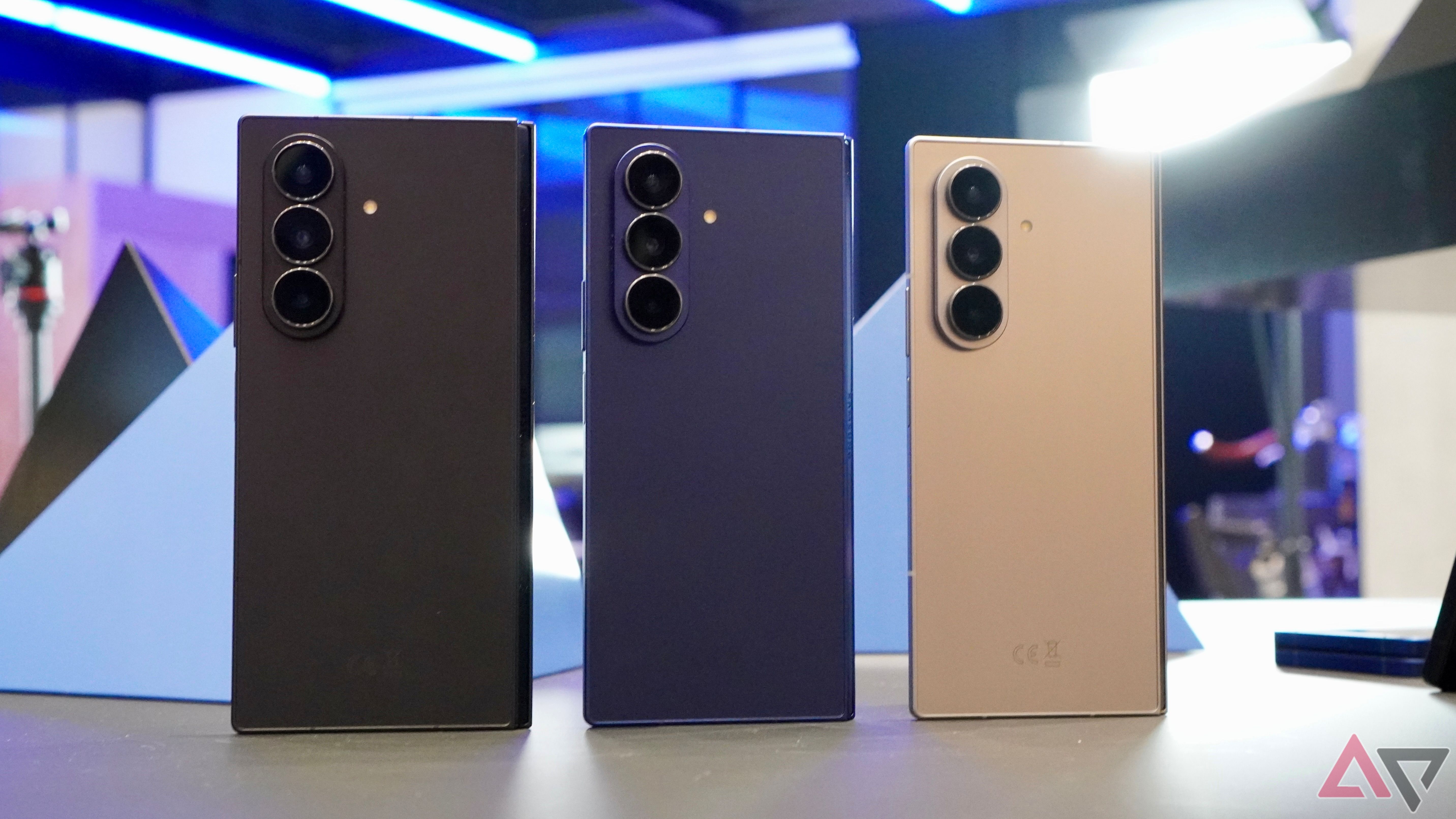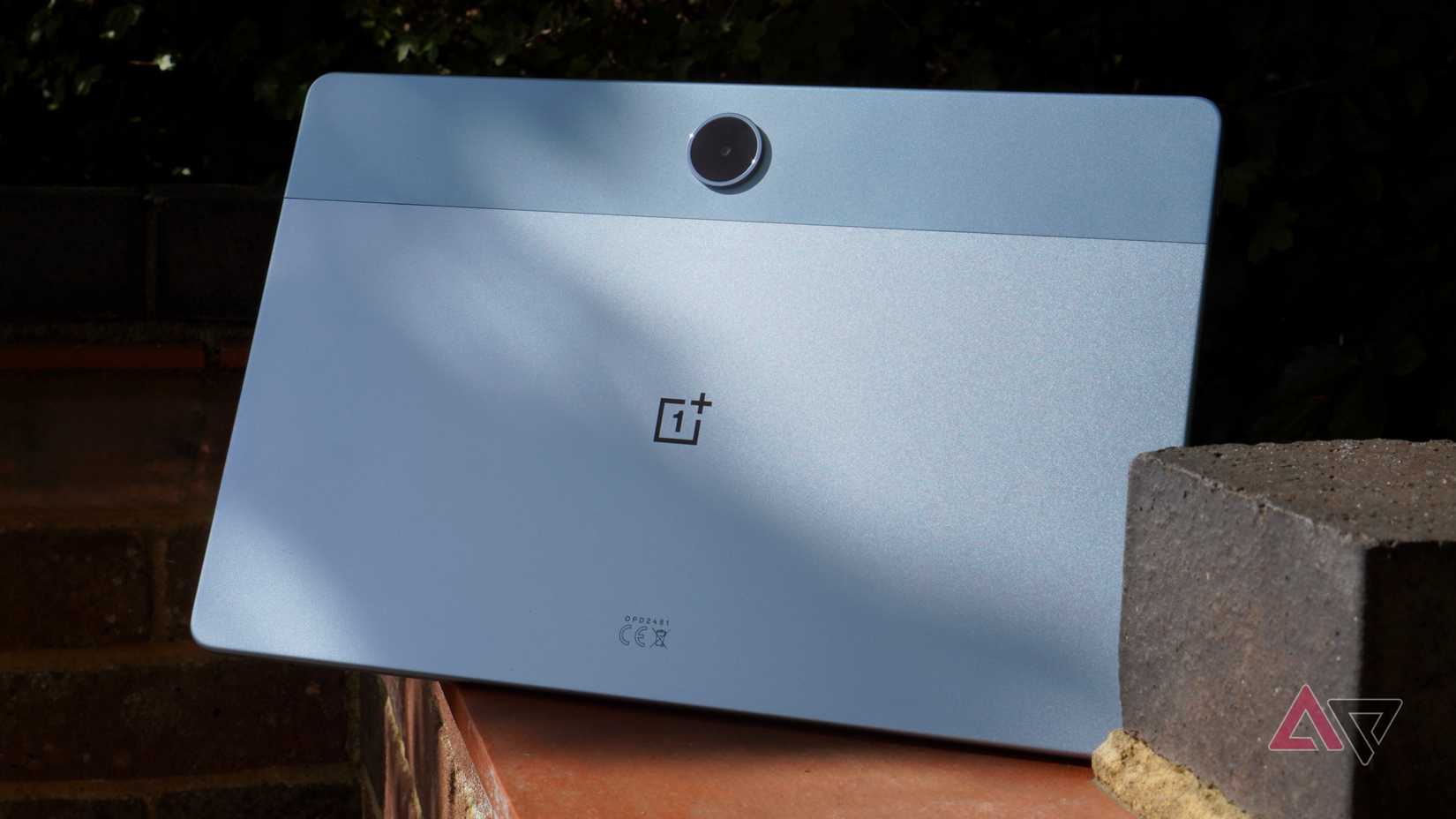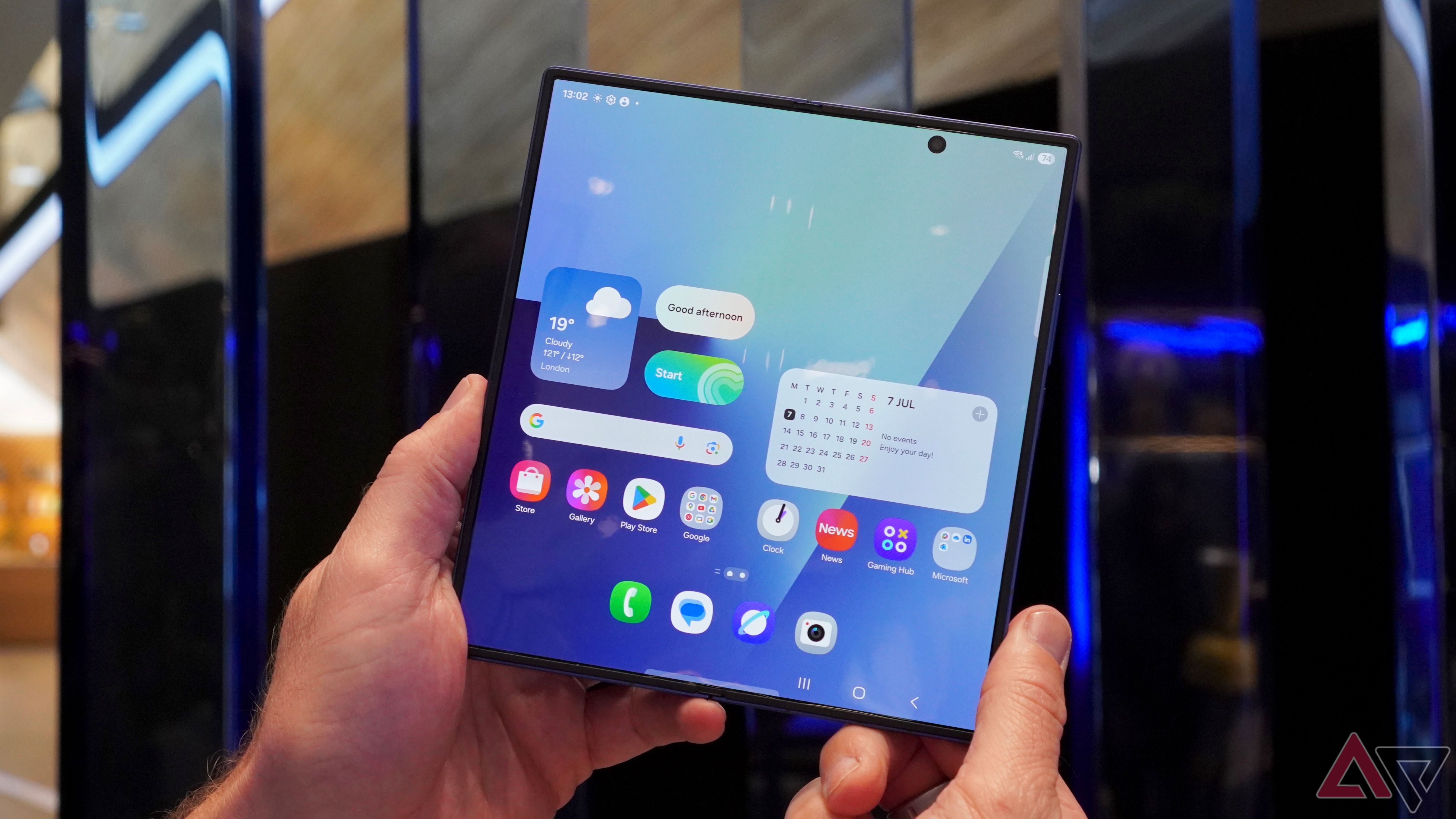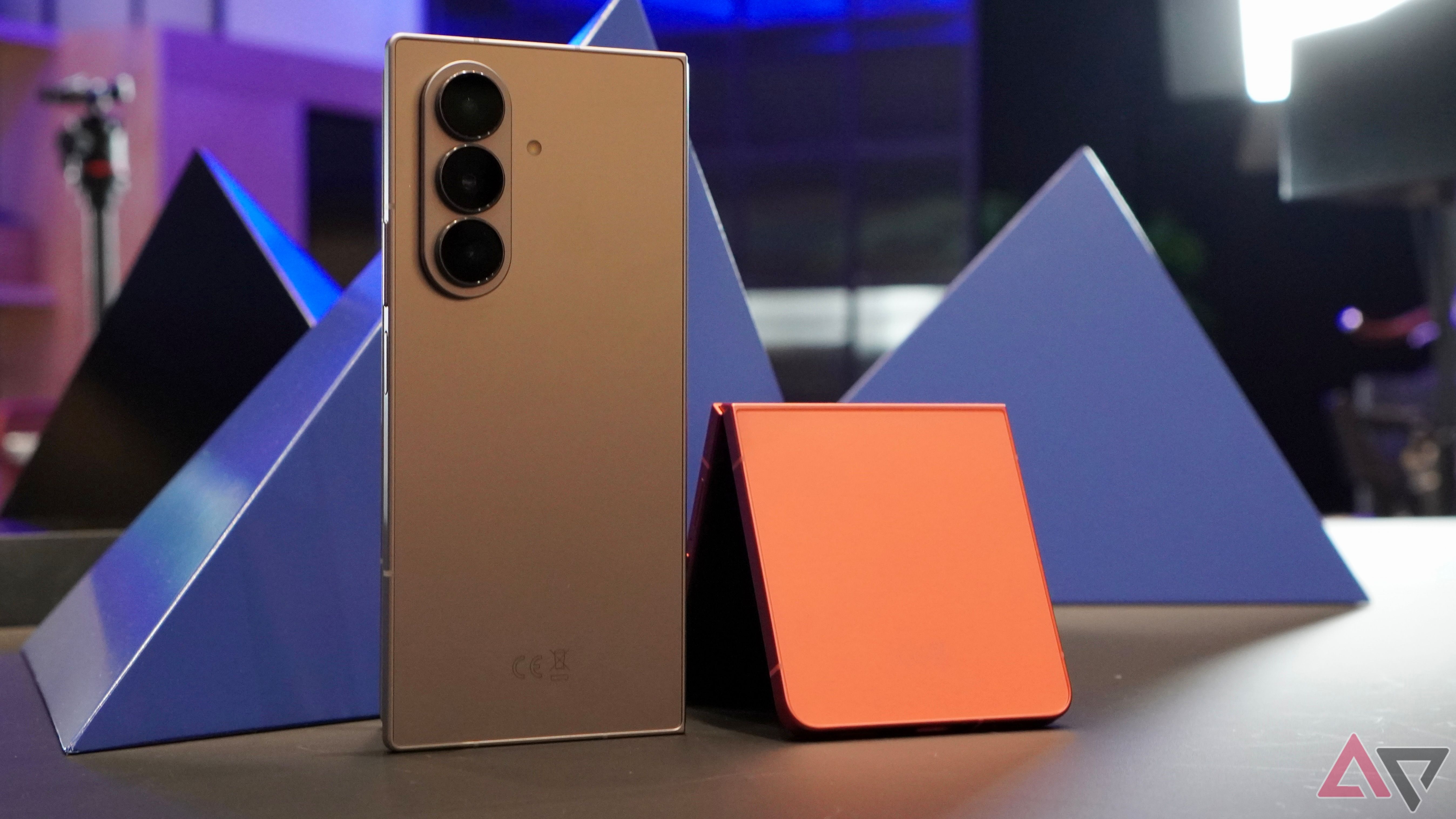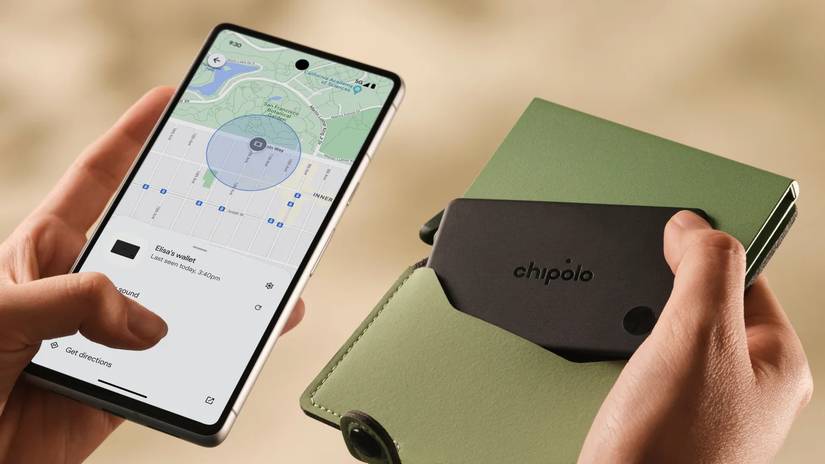Perhaps you’ve already looked at the photos of the Samsung Galaxy Z Fold 7, read through the various mostly glowing hands-on experiences, and thought, isn’t it just a bit thinner than before, and that’s all?
It’s an understandable reaction, as several recent Samsung releases haven’t been as “all-new” as we’d like.
However, the Galaxy Z Fold 7 really isn’t just a thinner version of the Z Fold 6. It’s new. New new.
To better understand all the changes, updates, and advancements inside the phone, I chatted with Samsung U.K.’s Smartphone Product Specialist Kadesh Beckford to learn more and to better appreciate the work that went into making the Galaxy Z Fold 7.
Lighter and thinner
The advancements over the last 12 months are impressive
“I remember when the first Galaxy Fold came out, and I loved it,” Beckford reminisced, before hitting me with some eye-opening stats.
“There’s about a 48% difference in terms of thickness compared to the Galaxy Z Fold 7. That’s huge. It was also 48 grams heavier. Even when you compare [the Z Fold 7] to the Galaxy Z Fold 6, it’s 24 grams lighter and 25% thinner, and that’s in just 12 months.”
“[The Z Fold 7] is really the result of many years of R&D, and our engineers have done some amazing things.”
The 8.9mm thickness and 215 gram weight are the obvious changes and are immediately noticeable when you pick the Z Fold 7 up.
Often, when making a gadget thinner and lighter, there are compromises or alterations to the device’s durability and the materials used.
There have been alterations to the Z Fold 7, but none of them are compromises, and this is where the new phone starts to become really impressive.
“When you open the device up, the aspect ratio of the new 8-inch screen has changed from the old 7.6-inch screen, and the aspect ratio of the cover screen has changed to 21:9.”
Beckford continued, “Which means you’ve got a traditional smartphone feel when your device is closed. You could confuse it for the Galaxy S25 Ultra when it’s in your pocket.”
He’s not exaggerating either. For reference, the Z Fold 7 is 73mm wide and 8.9mm thick closed, while the S25 Ultra is 77mm wide and 8.2mm thick, and it actually weighs a little bit more at 218 grams.
Tougher than ever
Changes to the materials have improved durability
Just to recap, the Galaxy Z Fold 7 is thinner, lighter, and has a larger, more traditionally sized cover screen, plus an even bigger internal screen than the previous versions. Surely durability has taken a hit?
“The new Armor Flex hinge enabled us to make the device thinner, yet it also increases the durability of the device,” Beckford explained.
“It’s made from Advanced Armor Aluminum, our strongest aluminum yet, and the multi-rail structure is stronger than the system used for the Z Fold 6.”
“We now use a stronger titanium lattice under the display, instead of carbon fiber, and Corning Gorilla Glass Ceramic 2 on the front. The only part which has stayed the same is Gorilla Glass Victus 2 on the back of the phone.”
The whole device now has an IP48 dust and water resistance rating.
Beckford explained that the Ultra Thin Glass (UTG) used over the inner screen is now 50% thicker than before, minimizing the crease both visually and when you swipe over it.
I found this confusing, as making thin glass thicker would seem to stop it from being ultra thin, and even mean an increase in weight.
However, UTG is just Samsung’s branding for its special glass, and the additional thickness has been engineered into it at a manufacturing level, providing a more durable main display.
It’s impressive to hear all these alterations and then remember we’re talking about a phone that is thinner, lighter, and more usable, despite significant changes to the materials and construction. The whole device now has an IP48 dust and water resistance rating.
Deeper changes
Reworked internals, new components, and software optimization
I asked Beckford about the components and the camera, and again, a lot of what’s inside the Z Fold 7 is new or updated. He began by talking about the camera.
“The cover screen camera and the under-display camera have been changed to a new 10-megapixel camera, the 200MP sensor is exactly the same as the one in the S25 Ultra, but the module is 18% slimmer to keep it flush against the body.”
“The wide-angle camera’s lens has larger pixels and autofocus with macro photography. The telephoto camera is the same, but with the new ISP and next-generation ProVisual engine, you’ll see a step up in zoom quality compared to the Z Fold 6.”
The Z Fold 7 has the same capacity 4,400mAh battery as the Z Fold 6, and the same 25W wired charging speeds too. However, while the hardware is the same, work behind the scenes has brought some improvements.
“You’ll get longer battery life,” Beckford confidently said. “There are optimizations in the charging, so although it’s the same speed, you may see more percentage gained after 30 minutes charging.”
If you’re ticking boxes, the Qualcomm Snapdragon 8 Elite for Galaxy is new for the Fold series, while One UI 8 is brand-new for Samsung devices in general, and it’s built over Android 16, making it the first phone with Google’s latest software installed out of the box.
Beckford added that Android 16 has been specifically designed for foldables and was developed side-by-side, so you get the best experience.
A truly new Samsung phone
It can’t be accused of phoning it in this time
“Overall, pretty much every element has changed,” Beckford laughed as he finished explaining what’s new inside and out on the Galaxy Z Fold 7, and it’s hard to argue otherwise.
Squeezing all this into the thinner and lighter frame was made possible by Samsung using ultra-high-density components, circuitry, and chipsets, which can all be stacked and reshaped, and used to make other modules slimmer and lighter.
The result is the most normal-feeling big-screen folding phone I’ve held, and knowing more does help slightly soften the $100 price increase blow in the U.S., plus why S Pen support has been dropped.
Samsung has been accused of not making dramatic enough changes to its S series phones for a few years, but I don’t think it can be accused of not delivering with the Galaxy Z Fold 7.
Samsung Galaxy Z Fold 7
- RAM
-
12GB
- Storage
-
256GB
- Battery
-
4,400mAh
- Operating System
-
One UI 8
- Weight
-
215g
- IP Rating
-
IP48
The Galaxy Z Fold 7 starts at $2,000 and is available to pre-order now, ready for release on July 26.


